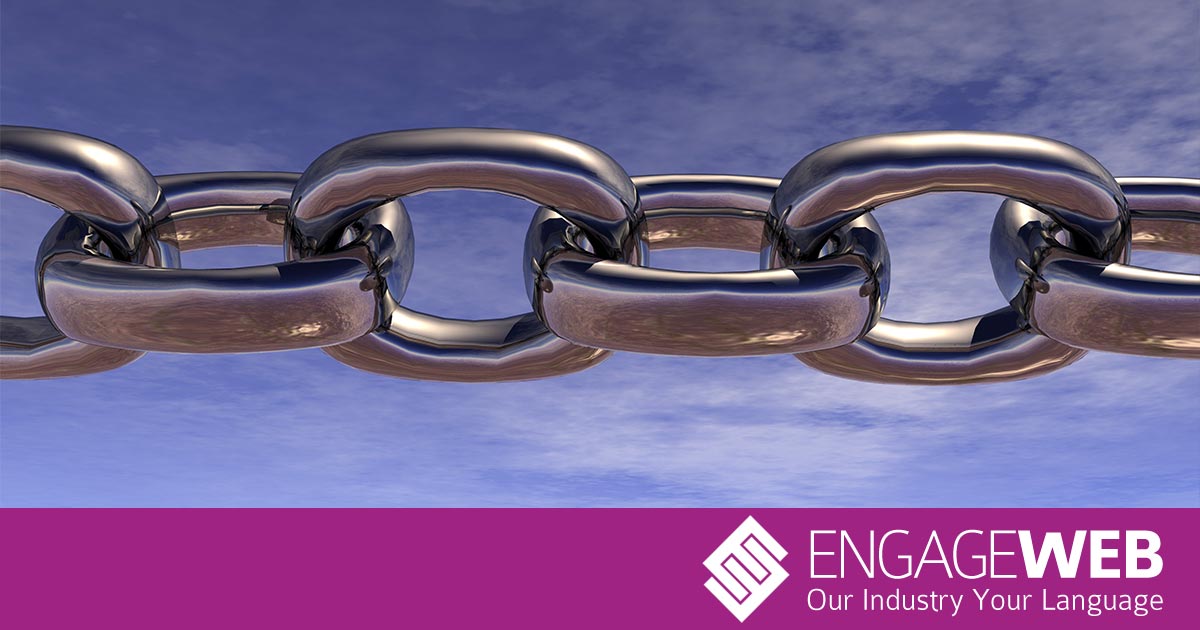When you set up and run Facebook ads for your business, one of the easiest mistakes to make is to direct people to the wrong page of your website from your adverts. I wrote a post a few weeks ago that went through a number of different ways you can get better results from your Facebook ads, and the landing page was one of the areas I talked about. I’d like to go into the landing page in a bit more detail now.
When you create a Facebook ad, you need to select a link for anyone clicking on the ad to be taken to. Most of the time this will be a link on your website, but not always. I say not always because sometimes you might be using a microsite, or a funnel you have set up on a system outside of your website. Sometimes you might send people to a link within Facebook, such as to your Facebook Page or to a Facebook lead form. These are all areas for discussion in future posts but, for now, let’s imagine we’re choosing your website as a destination for the link.
So what link should you use?
The easy thing to do, and what most people do when they’re new to Facebook ads, is to use the homepage of their website as the link. This means anyone who clicks on your Facebook ad is taken to the homepage of your website.
It makes sense. Your homepage is one of the most important pages on your website. It’s probably the most visited page of your website when visitors come from search engines. Why not use it as the link for Facebook ads?
You shouldn’t use it for a number of reasons – here’s why:
Distraction
Your homepage, like many other pages on your website, will feature your website’s main navigation in the header. There will be links to the ‘about us’ page, ‘services’ page, ‘contact us’ page and every other link people are able to get to. This means people visiting from Facebook ads could click on any of these links, rather than doing what you want them to do.
Conversion
Your homepage will also contain images, text and maybe even video that isn’t designed to do what your Facebook ad’s landing page should do – convert the ad. If your Facebook ad is aimed at getting people to enquire with by filling out a form, or signing up for a trial, your homepage won’t be designed to make that happen. It will be designed to introduce your business.
Cost
As a result of the previous two points – and this is probably the most important thing for many businesses – sending people to your homepage from your Facebook ads will prove more expensive for you as you’ll get fewer results from it. It will cost you more money, and make you less.
So what should you do?
You could send people direct to your contact page, or to an enquiry form or a request a call back form that already exists on your website. However, by doing that you’re also going to have the problem of my first point, in that your website’s navigation could distract people and cause them to click off around your website, and not convert. This, again, will end up costing you money.
At this point you might be thinking “yeah, I understand that, but if they don’t look around my website they don’t know what we do, how good we are or how we can help them” and you’d be right. You’d be absolutely correct. That’s why we create a new landing page for our Facebook ads. A landing page that is SPECIFICALLY targeted to the audience for the particular Facebook advert.
Your landing page should be tailored, with content, images and video if necessary aimed at the same audience the Facebook ad is aimed at. Any messages used on the Facebook ad itself should be reflected on the landing page. The landing page should have text that appeals to the prospective client, answers their objections in advance and explains why they need to do what you want them to do. The landing page should also NOT HAVE ANY navigation. Anyone landing on the page should have one option, and that’s to do what you want them to do (such as fill in a form, download a lead magnet or book an appointment).
So let’s go through a quick check list of what your landing page should be:
• Contain no navigation, no links and no link back to the homepage
• Contain one option for people to complete an action – and one option only
• Answer objections in advance
• Explain why the potential client needs to do what you want them to do
• Mirror the Facebook advert in tone, theme, images and style
Crafting landing pages such as this takes a lot of time, and is a very specific skillset. Most web designers who saw a successful landing page from a Facebook ad would recoil in horror because there’s a world of difference between a website page and a landing page.
If you’ve tried Facebook ads yourself and found they don’t work for you, we’d love to help you. Use our contact form and send us a message, and we can book a call with you.
- Win two hospitality tickets to watch Liverpool v Toulouse at Anfield - September 25, 2023
- Wanted: Web Developer - June 13, 2022
- Facebook adds ‘automatic invitations’ to invite page followers to your group - May 17, 2021



